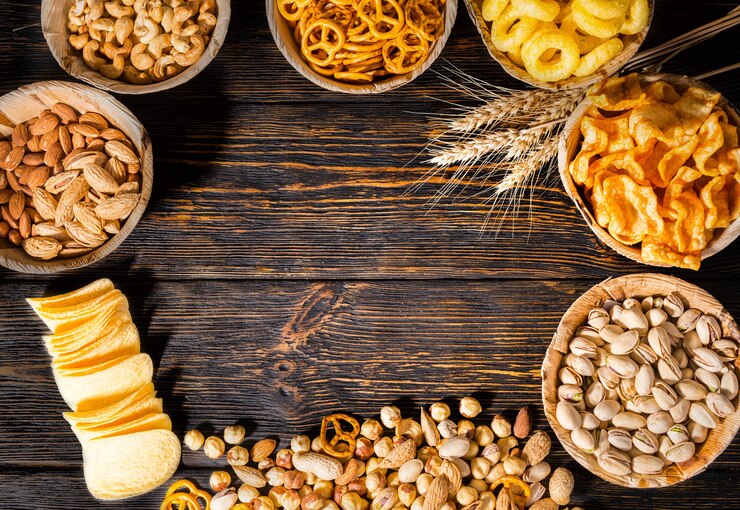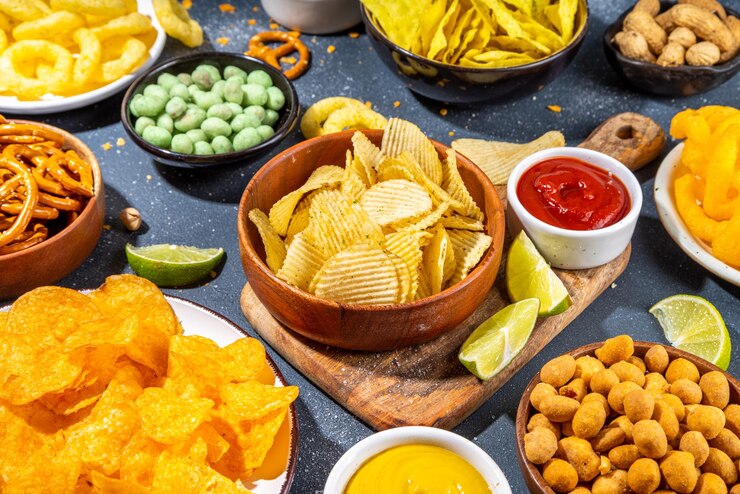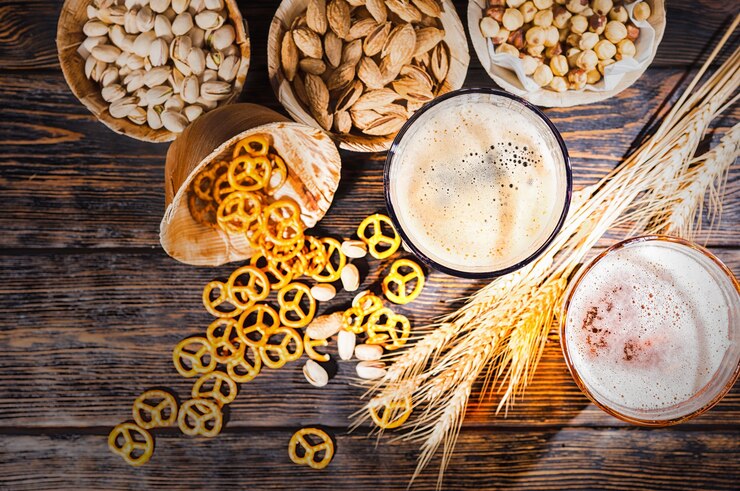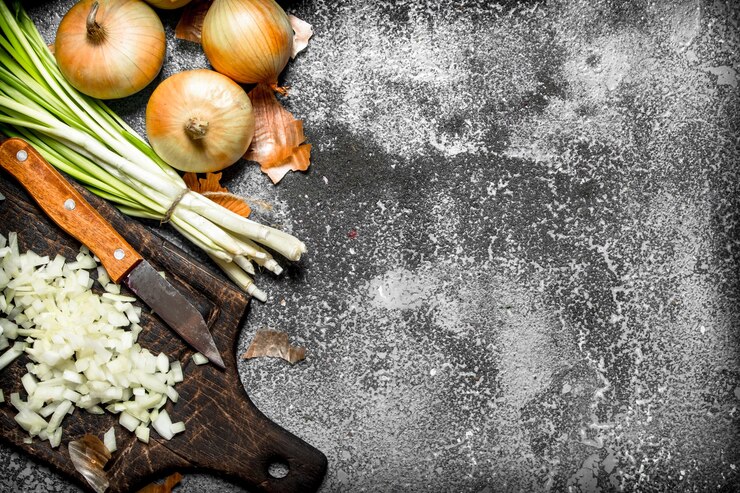ancient grain in a healthy cereal nyt In today’s health-conscious world, the quest for nutritious and wholesome foods is more prevalent than ever. One of the most exciting trends to emerge in this landscape is the resurgence of ancient grains. These nutrient-rich powerhouses have been consumed for centuries, yet their benefits are being rediscovered and celebrated anew. For those seeking a healthier start to their day, incorporating ancient grains into your morning cereal could be a game-changer. This blog post will explore the wonders of ancient grains, their health benefits, and practical ways to integrate them into your daily breakfast routine.
The Timeless Appeal of Ancient Grains
Ancient grains are not just a new diet fad; they are a staple that has stood the test of time. Unlike modern refined grains, ancient grains have remained largely unchanged for thousands of years. This means they are often richer in nutrients and free from many of the modifications found in contemporary grain production. Their appeal lies in their purity, sustainability, and the wide range of health benefits they offer. From quinoa to farro, these grains provide a robust nutritional profile that makes them a worthy addition to any diet.
A Brief History of Ancient Grains
ancient grain in a healthy cereal nyt The story of ancient grains dates back to civilizations that thrived on these plants long before the advent of industrial agriculture. Cultures from all corners of the globe relied on these grains for sustenance and vitality. In South America, the Incas revered quinoa as the “mother of all grains.” Across the Mediterranean, emmer wheat and einkorn were fundamental to the diets of early European societies. By understanding their historical context, we can better appreciate the enduring significance of ancient grains in our modern diet.
Nutritional Benefits of Ancient Grains

ancient grain in a healthy cereal nyt When it comes to nutritional superiority, ancient grains often outshine their modern counterparts. They are typically rich in fiber, protein, and essential vitamins and minerals, such as iron, magnesium, and B vitamins. Additionally, many ancient grains are gluten-free, making them an excellent choice for those with gluten sensitivities or celiac disease. The high fiber content aids in digestion and helps maintain a healthy weight, while the protein supports muscle health and overall energy levels.
Comparing Ancient Grains to Modern Grains
While both ancient and modern grains have their place in a balanced diet, there are distinct differences in their nutritional content and processing. Modern grains like wheat and rice have been bred and processed to enhance yield and ease of use, often at the expense of their nutritional profile. In contrast, ancient grains retain more of their original nutrients and flavors. By comparing these differences, consumers can make informed choices about which grains best meet their dietary needs.
Integrating Ancient Grains into Your Morning Routine
Now that we’ve established the benefits of ancient grains, the next step is integrating them into your daily life, starting with breakfast. A healthy cereal made from ancient grains can be both delicious and nutritious, providing a perfect start to your day. With a variety of grains to choose from, the possibilities are endless.
Choosing the Right Ancient Grains
Selecting the best ancient grains for your cereal involves considering both taste and nutritional value. Quinoa, amaranth, and teff are excellent choices for those seeking a gluten-free option. Farro and spelt provide a heartier texture and are ideal for those who enjoy a robust, chewy cereal. Experimenting with different grains can lead to discovering new favorites and diversifying your breakfast options.
Creating a Balanced Breakfast Bowl
Building a breakfast bowl with ancient grains is simple and allows for creativity. Start with a base of cooked or raw grains, then add fresh fruits for sweetness and vitamins. Nuts and seeds provide additional protein and healthy fats, enhancing the cereal’s nutritional profile. For added flavor, consider incorporating spices such as cinnamon or nutmeg. This balanced approach ensures a meal that is both satisfying and nourishing.
Easy Recipes to Get You Started
If you’re new to using ancient grains in cereal, trying out a few recipes can help you get started. A simple quinoa and berry bowl, for instance, combines the light, nutty flavor of quinoa with the sweetness of fresh berries and a drizzle of honey. Alternatively, a warm farro porridge seasoned with vanilla and topped with sliced almonds can offer a comforting and hearty start to your day. These easy-to-make recipes are perfect for beginners and can be adjusted to suit personal tastes.
The Role of Ancient Grains in a Sustainable Diet

ancient grain in a healthy cereal nyt Beyond their health benefits, ancient grains play a vital role in promoting a sustainable food system. Their cultivation often requires fewer resources and causes less environmental harm compared to traditional grains. This makes them an attractive choice for those looking to reduce their ecological footprint through their dietary choices.
Environmental Impact of Ancient Grain Farming
The cultivation of ancient grains is typically more environmentally friendly than that of modern grains. Many ancient grains are well-suited to grow in diverse climates and require less water and synthetic inputs such as fertilizers and pesticides. This not only diminishes their environmental impact but also supports biodiversity and soil health. By choosing ancient grains, consumers contribute to a more sustainable agricultural system.
Supporting Local and Global Communities
The production of ancient grains often involves small-scale farmers both locally and globally. By purchasing products made from these grains, consumers can support these communities and encourage fair trade practices. This not only helps sustain livelihoods but also preserves traditional farming techniques that have been passed down through generations.
Making Informed Choices for a Healthier Planet
Incorporating ancient grains into your diet is a small change that can have a significant impact. By prioritizing these grains, consumers can make informed choices that promote health, sustainability, and social responsibility. It’s a win-win situation that aligns individual wellbeing with the health of the planet.
Conclusion
Ancient grains offer a nutritious, delicious, and sustainable option for those seeking to enhance their breakfast routine with healthy cereal choices. By understanding the history and benefits of these grains, you can better appreciate their role in a balanced diet.






